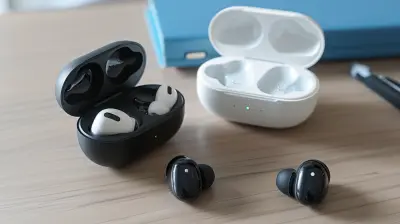New Developments in IoT-Based Environmental Monitoring
11 October 2025
The world is changing fast, and so is the technology we use to understand and protect our environment. The Internet of Things (IoT) has made huge strides in environmental monitoring, helping scientists, governments, and businesses track pollution, climate change, and natural disasters in real time.
But what’s new in this space? How is IoT making an even bigger impact? Let’s take a deep dive into the latest developments that are revolutionizing the way we monitor our environment. 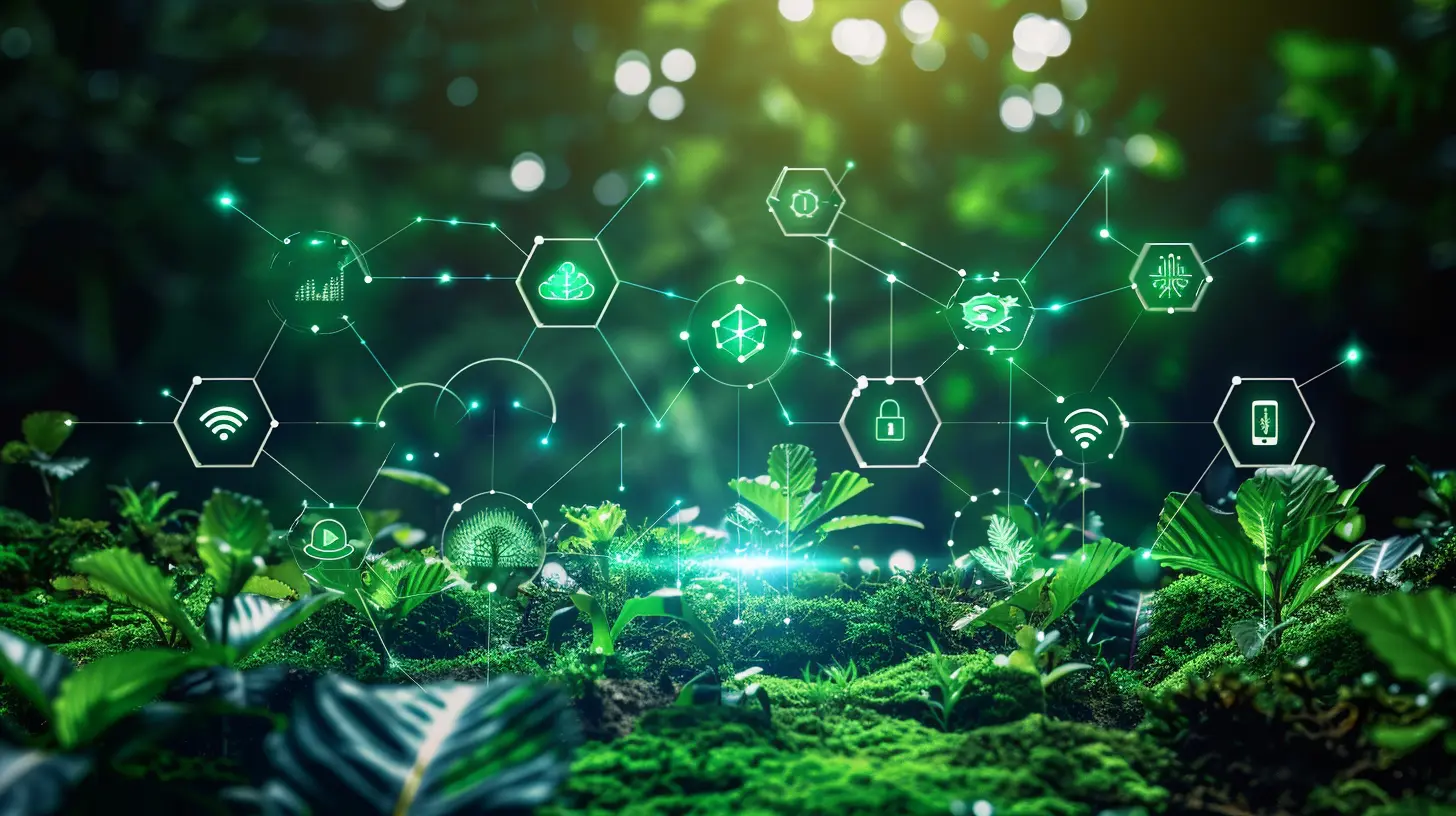
Why IoT in Environmental Monitoring Matters
Before we get into the latest advancements, let’s talk about why IoT is such a game-changer for environmental monitoring in the first place.The Challenge of Monitoring Our Planet
Keeping track of environmental changes the traditional way—through manual data collection—has always been slow, expensive, and inefficient. Environmental shifts happen in real-time, so we need real-time tracking to respond effectively. This is where IoT steps in.How IoT Transforms Environmental Tracking
IoT devices, like smart sensors and connected networks, collect, process, and transmit data without human intervention. They allow us to monitor air quality, water pollution, forest health, and even animal movements remotely, providing instant insights that can help mitigate disasters and make smarter policy decisions.With that foundation laid, let’s look at the newest developments in this exciting field. 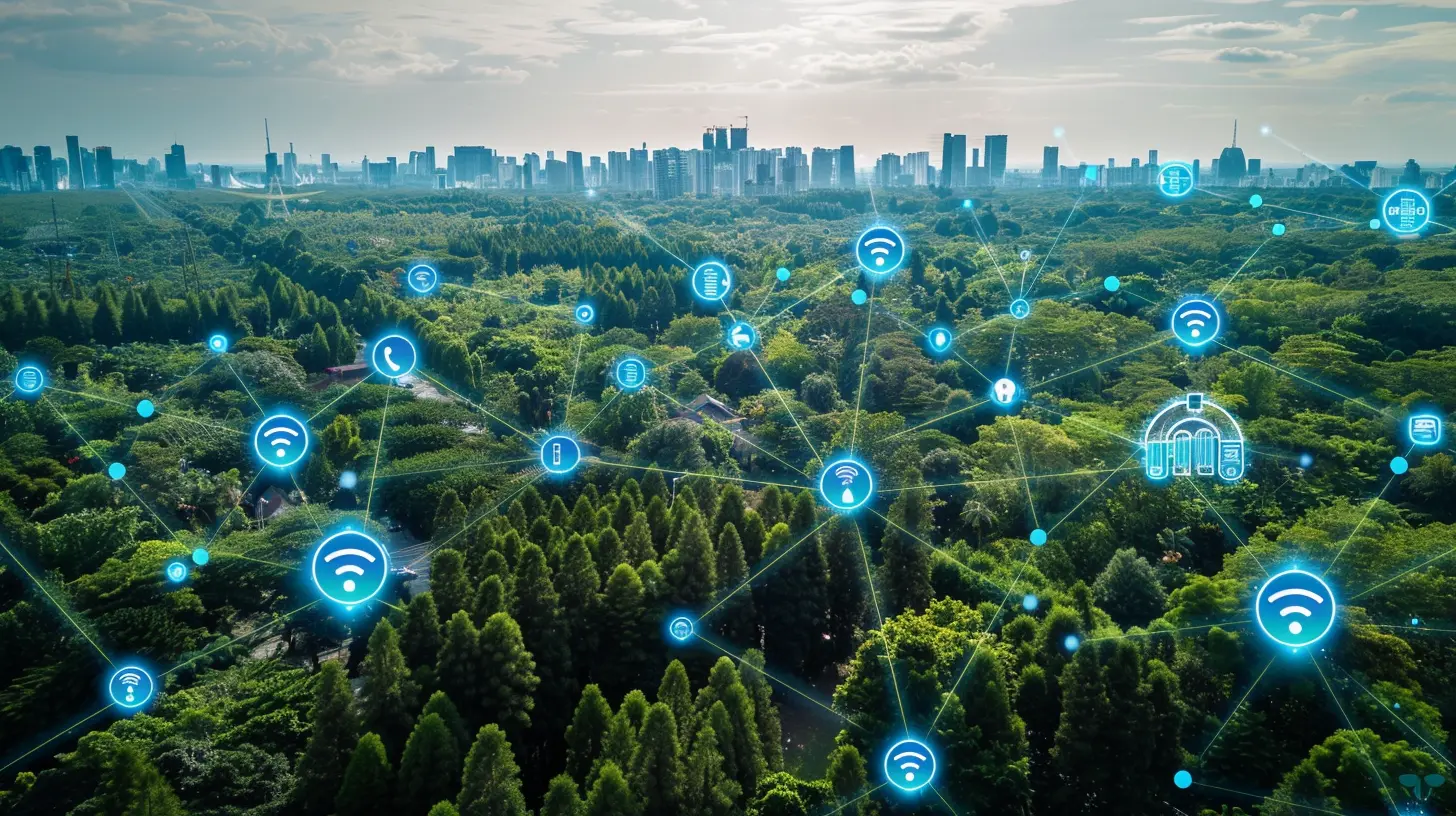
Latest IoT Innovations in Environmental Monitoring
The IoT landscape is evolving quickly, and new technologies are making environmental monitoring more robust, reliable, and cost-effective than ever before.1. AI-Powered IoT Sensors for Accurate Data Collection
IoT sensors alone are smart, but add artificial intelligence (AI) to the mix, and you’ve got a powerhouse of environmental tracking.- AI helps IoT sensors analyze data more effectively by identifying patterns and anomalies.
- These intelligent sensors can distinguish between natural changes and human-caused pollution, providing more precise insights.
- They also help in predictive analytics, meaning they can forecast environmental changes and allow early intervention.
AI and IoT together are like having a digital detective constantly analyzing environmental clues in real time.
2. Low-Power Wide-Area Networks (LPWANs) for Remote Regions
One big issue with environmental monitoring is that many critical areas—like deep forests, oceans, and mountains—lack proper connectivity.That’s changing with LPWANs, which allow IoT devices to operate in remote areas with minimal power consumption. Technologies like LoRaWAN and NB-IoT make it possible for sensors to transmit data over long distances without draining power, ensuring uninterrupted monitoring even in the most isolated places.
3. Smart Water Quality Monitoring Systems
Water pollution is a growing crisis, and new IoT developments are helping track and combat contamination more effectively.- Advanced IoT-based water monitoring systems can detect pollutants like heavy metals, oil spills, and harmful bacteria in real time.
- These sensors send alerts when contamination is detected, allowing authorities to take swift action before it affects large populations.
- Some innovations even use blockchain technology to ensure transparency in water quality reporting, preventing data manipulation.
With these smart solutions, tracking clean water isn’t just easier—it’s far more reliable.
4. Drones Equipped with IoT Sensors for Air and Land Monitoring
Drones are no longer just for aerial photography—they’re now an essential part of IoT-based environmental monitoring.- IoT-equipped drones can collect air quality, temperature, and pollution data in areas humans can’t easily reach.
- They monitor forest degradation, illegal mining activities, and coastline erosion, helping authorities tackle environmental threats faster.
- Some models come with thermal sensors to track wildfires before they spread.
Think of them as flying sentinels that constantly scan the environment for red flags.
5. Edge Computing for Faster Processing and Reduced Latency
Environmental monitoring often involves tons of data that need to be processed quickly. But traditionally, data has to be sent to cloud servers before it’s analyzed, causing delays.Edge computing solves this by allowing IoT devices to process data locally rather than relying on distant servers. This means:
- Faster data analysis, leading to quicker responses to environmental threats.
- Less bandwidth consumption, making IoT systems more efficient.
- Greater reliability, as edge devices can function even without internet connectivity.
In short, edge computing gives IoT devices the brains to think on the spot rather than waiting for instructions.
6. IoT-Based Noise Pollution Monitoring
We often talk about air and water pollution, but what about noise pollution? Excessive noise harms both humans and wildlife, and IoT solutions are tackling this overlooked problem.- IoT-powered noise sensors monitor sound levels in urban areas, airports, and industrial zones.
- These sensors help city planners regulate noise pollution by implementing smart policies.
- Some systems even use AI to differentiate between different noise sources, providing more meaningful insights.
With these innovations, tackling noise pollution isn’t just wishful thinking—it’s becoming a reality.
7. Smart Agriculture and Soil Monitoring
Farming and environmental health go hand in hand, and IoT is making sure our agricultural practices don’t harm ecosystems.- IoT soil sensors track moisture levels, nutrient content, and soil temperature, helping farmers use resources efficiently.
- Smart irrigation systems reduce water wastage by delivering just the right amount of water.
- These systems even help in detecting soil degradation, preventing desertification.
By making farming more sustainable, IoT is helping secure food production while protecting the environment. 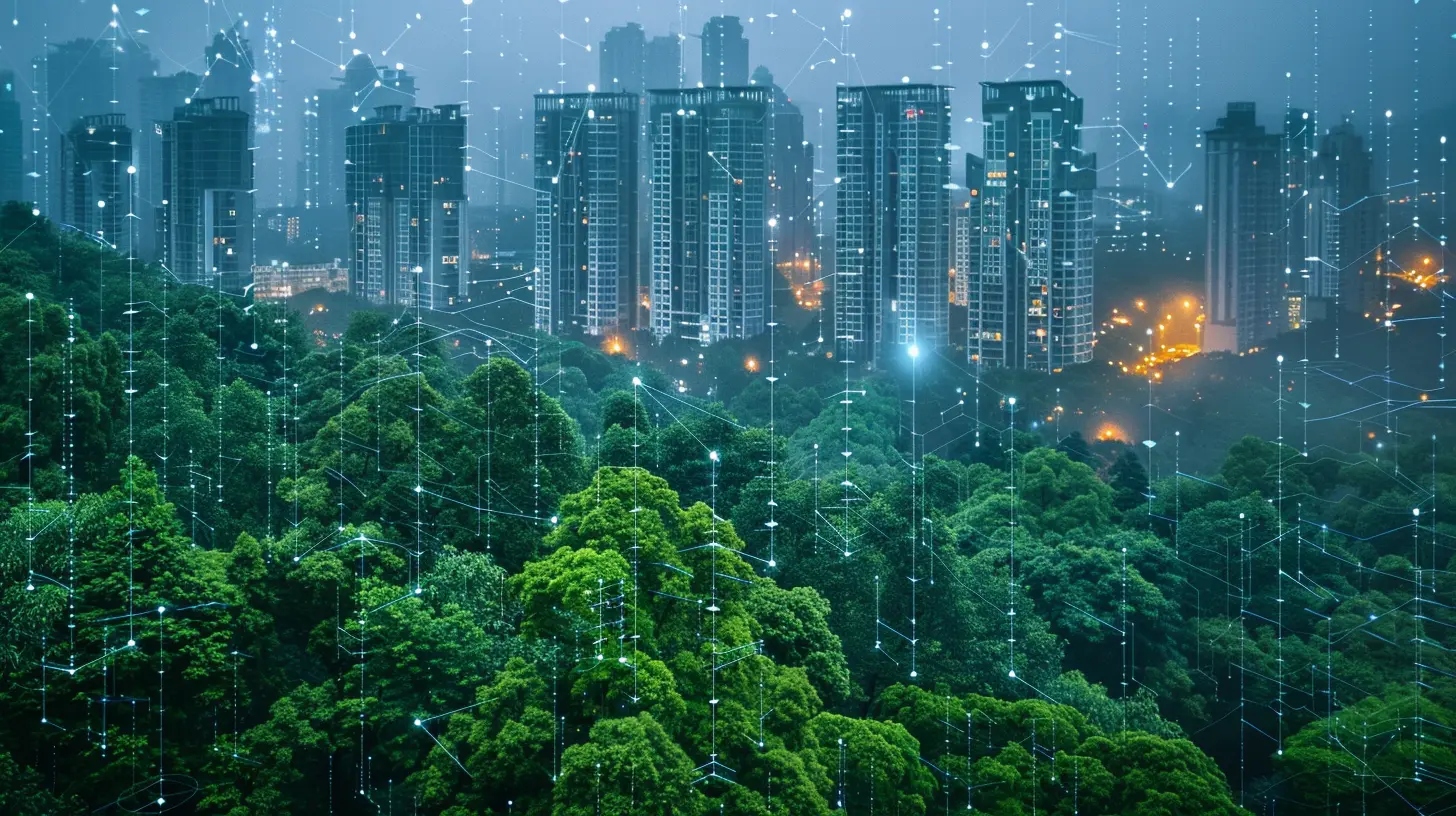
The Future of IoT in Environmental Monitoring
So, where is all this headed? Based on current trends, we can expect:- More collaboration between governments and tech companies to expand IoT-based environmental protection programs.
- Greater use of 5G networks, making IoT sensors even more responsive and enabling real-time decision-making without lag.
- Increased reliance on renewable energy-powered IoT devices, reducing the environmental footprint of these technologies.
- Integration with digital twin technology, allowing scientists to create virtual models of ecosystems and predict future changes with high accuracy.
The bottom line? IoT will not only continue to shape environmental monitoring but also redefine how we interact with and respond to our planet’s challenges. 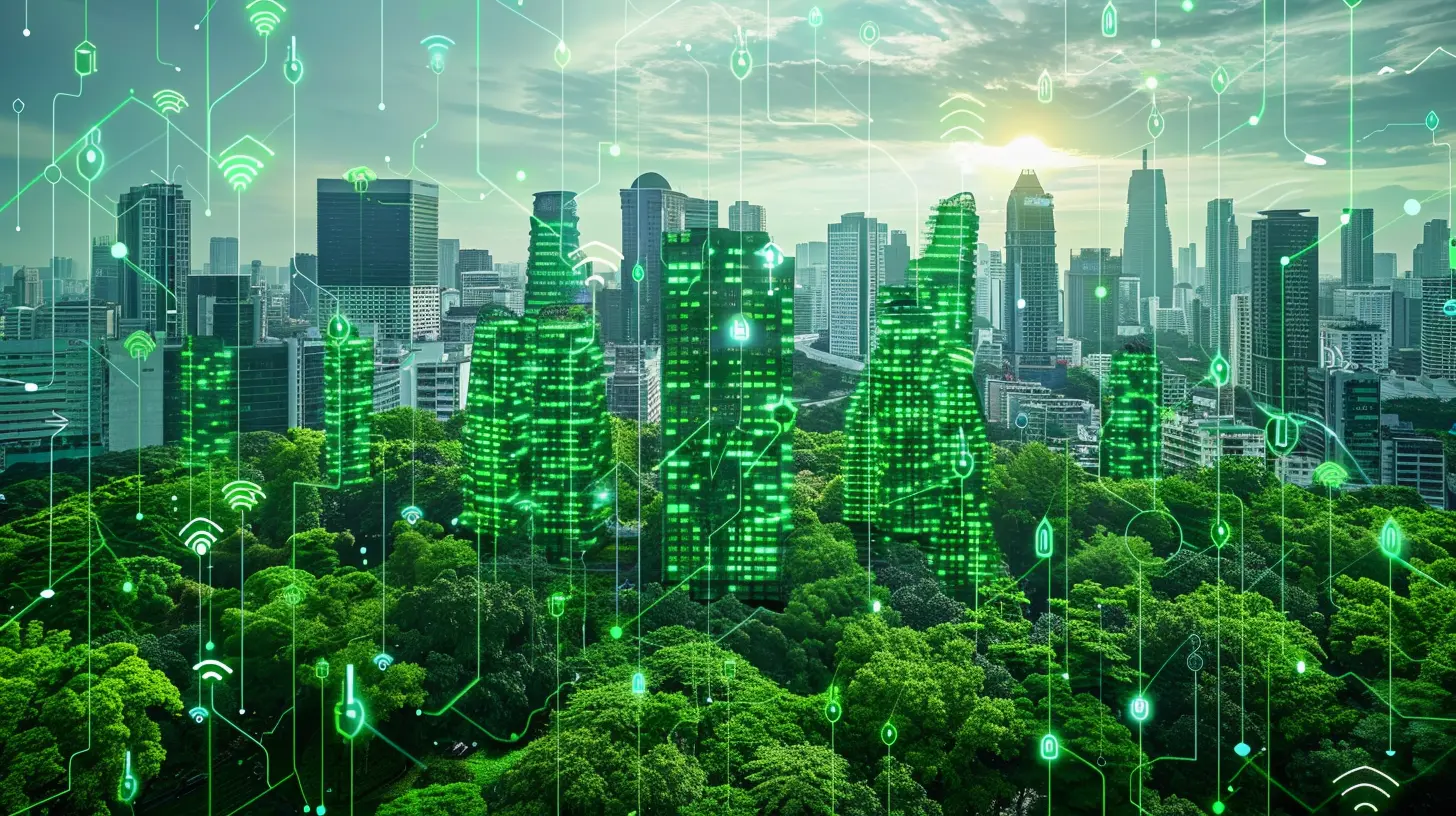
Final Thoughts: A Smarter, More Sustainable Future
IoT-based environmental monitoring is no longer a futuristic concept—it’s here, and it’s already making a significant impact. From tracking air quality to predicting natural disasters, these technologies are helping us protect our only home: Earth.Sure, challenges like data security and infrastructure limitations remain, but the progress we’re seeing is incredibly promising. As technology advances, we can expect even better, faster, and smarter solutions for safeguarding our environment.
What do you think? Could IoT be the key to saving the planet? One thing’s for sure—it’s certainly changing the game.
all images in this post were generated using AI tools
Category:
Iot DevicesAuthor:

Vincent Hubbard
Discussion
rate this article
1 comments
Maverick Hernandez
This article on IoT-based environmental monitoring highlights such crucial advancements. It's heartening to see technology being harnessed for positive environmental impact. These developments can help us better understand and combat the challenges our planet faces, reminding us all of our shared responsibility to protect the environment for future generations. Thank you for sharing!
October 16, 2025 at 10:41 AM


